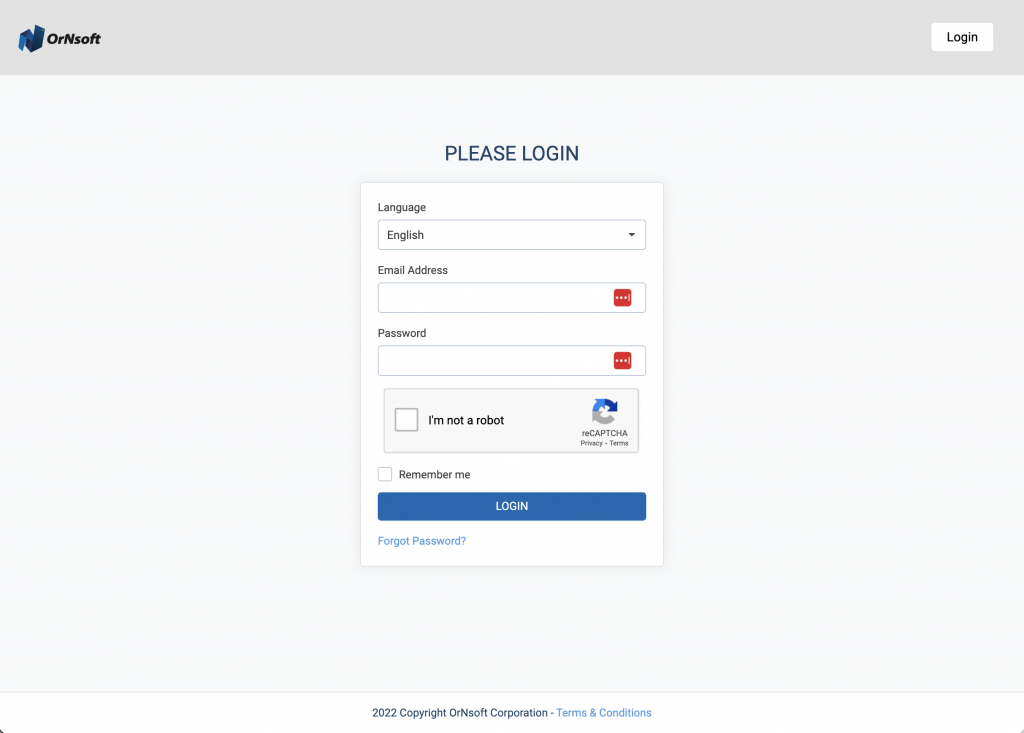Introduction
In the rapidly evolving world of technology, new concepts and methodologies are continually being introduced to solve complex problems. One such method, known as "Hill Climbing," has become a fundamental technique in the field of artificial intelligence (AI). In this article, we will delve into the concept of hill climbing, its history, importance, practical applications, and future outlook.
What Is "Hill Climbing"?
Hill Climbing is a mathematical optimization technique used in AI and machine learning. It is an iterative algorithm that starts with an arbitrary solution to a problem and then incrementally changes a single element of the solution to improve the quality of the answer. This process continues until no further improvements can be found. The term "hill climbing" comes from the metaphor of climbing up the surface of a hill to reach the highest point, which represents the optimal solution to a problem.
History of "Hill Climbing"
The concept of hill climbing has its roots in the early days of computer science and AI development. It was first introduced in the late 1950s and early 1960s as a simple method for navigating the solution space of complex problems. Over the years, the technique has been refined and adapted to a wide range of applications, including machine learning, robotics, and data mining. Today, hill climbing remains a fundamental tool in the AI toolkit, used in everything from game playing algorithms to automated theorem proving.
Importance of "Hill Climbing"
Hill climbing is an essential technique in the current tech landscape, particularly in the field of AI and machine learning. It is a heuristic search used for mathematical optimization problems. Given its simplicity and efficiency, it is widely used in various applications where we need to optimize a given function. It is an easy-to-understand, implement, and highly flexible algorithm that can adapt to a wide range of problem-solving scenarios.
Practical Applications
Hill climbing has a broad range of practical applications. In AI, it is used in problem-solving and game-playing applications. For example, it can be used to solve the traveling salesperson problem or to find the best move in a game of chess. In data mining, hill climbing is used to find patterns and relationships in large datasets. It is also used in machine learning to optimize the performance of models and algorithms.
The Role of ‘Hill Climbing’ in Modern Enterprises
In the modern business landscape, hill climbing plays a crucial role in decision-making and strategic planning. It is used in operations research to optimize resource allocation, scheduling, and other logistical challenges. It can also be used to analyze and predict market trends, helping businesses to make informed decisions and stay competitive in the market.
Case Study
A prime example of hill climbing in action is its use in the CEErtia software solution provided by OrNsoft. CEErtia uses hill climbing algorithms to optimize its data processing and decision-making capabilities. The result is a highly efficient, intelligent system that can quickly adapt to changing conditions and deliver optimal results.
Future Outlook
As AI and machine learning continue to evolve, so too will the role of hill climbing. Future developments may include more sophisticated versions of the algorithm, capable of handling even more complex problems. Additionally, the integration of hill climbing with other optimization techniques could lead to new, hybrid methods that offer even greater efficiency and flexibility.
Conclusion
Hill climbing is a powerful optimization technique that has played a crucial role in the development of AI and machine learning. Its simplicity, flexibility, and efficiency make it a valuable tool in a wide range of applications, from business and logistics to data mining and game theory. As technology continues to advance, it’s clear that hill climbing will remain a fundamental tool in the AI toolkit.
Intrigued by the potential of AI for your business? Schedule a free consultation with us here.

